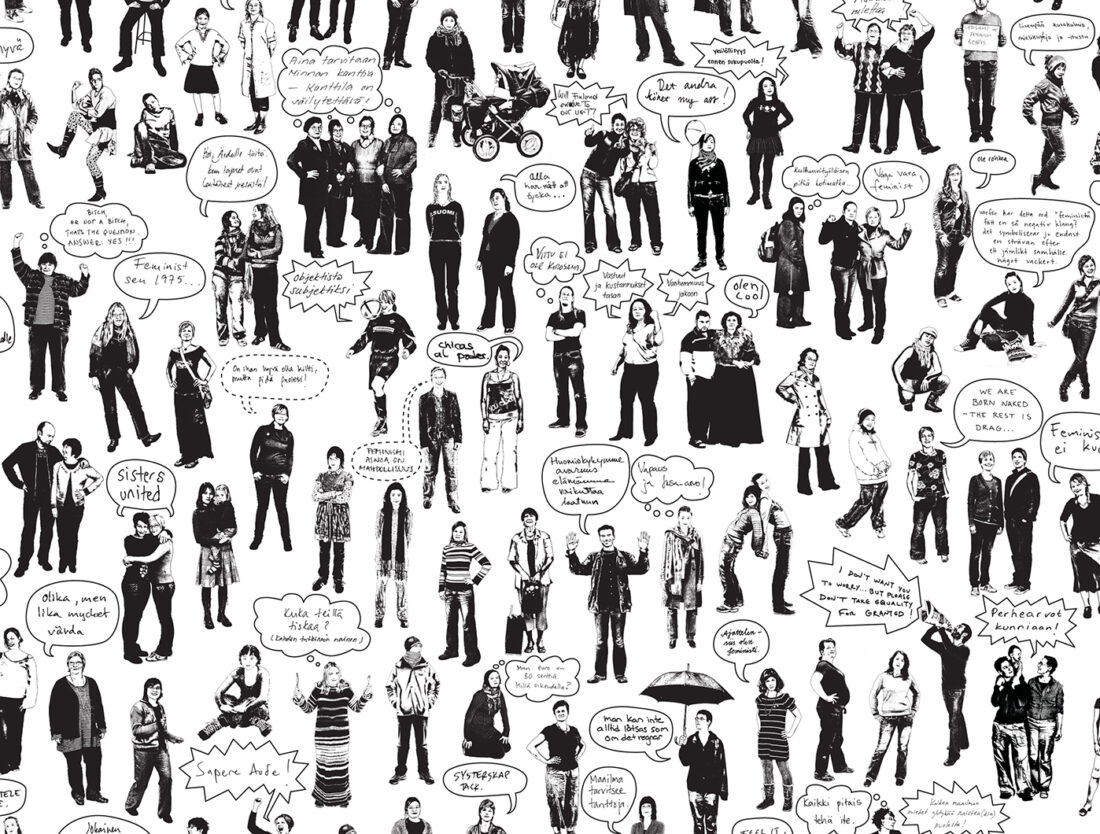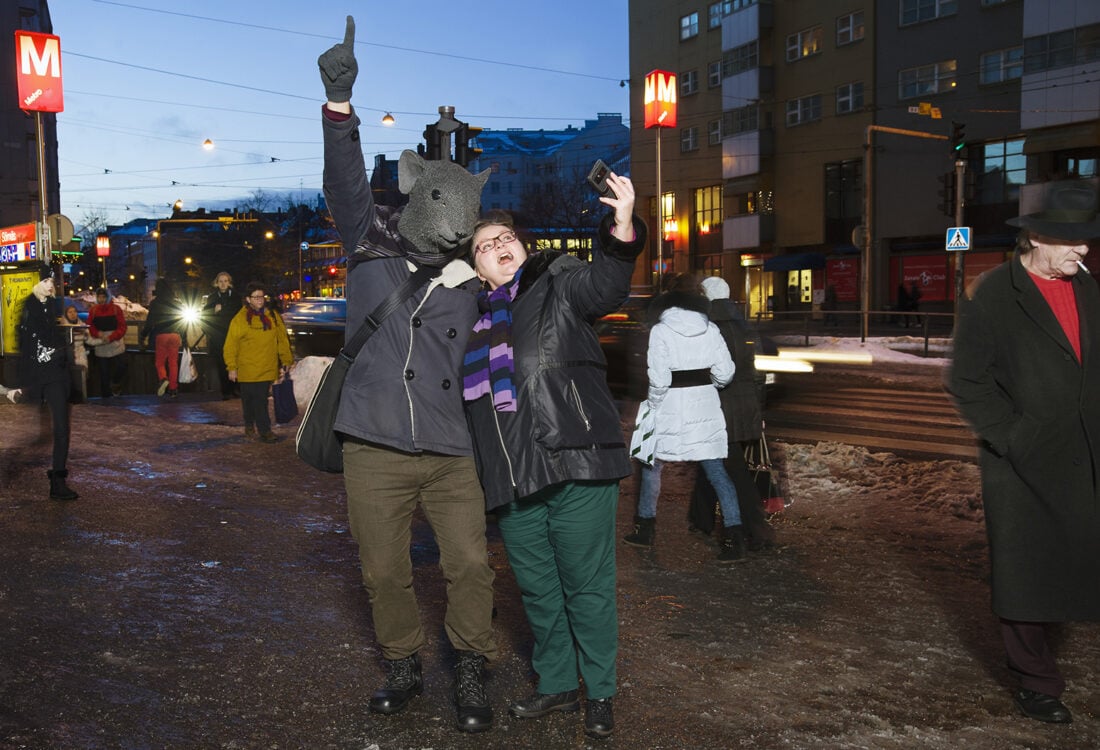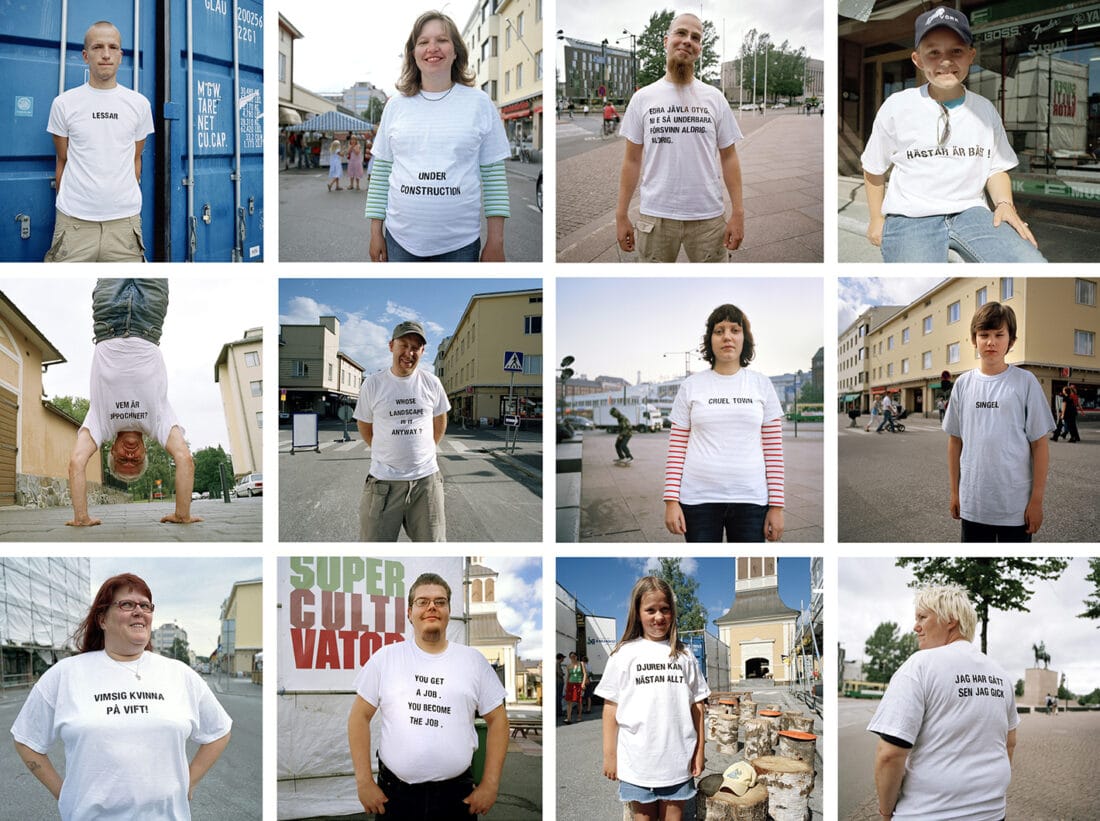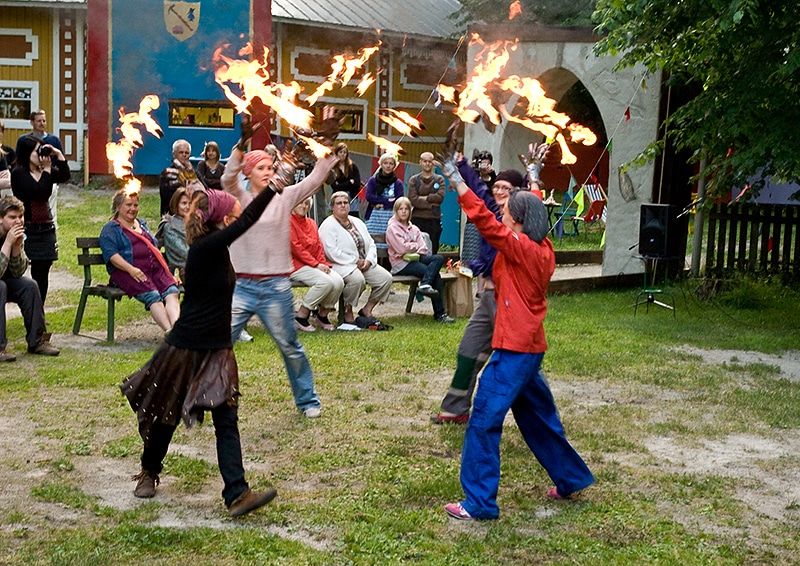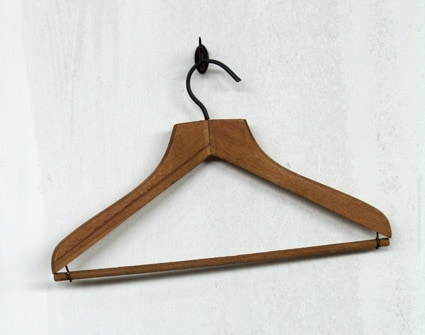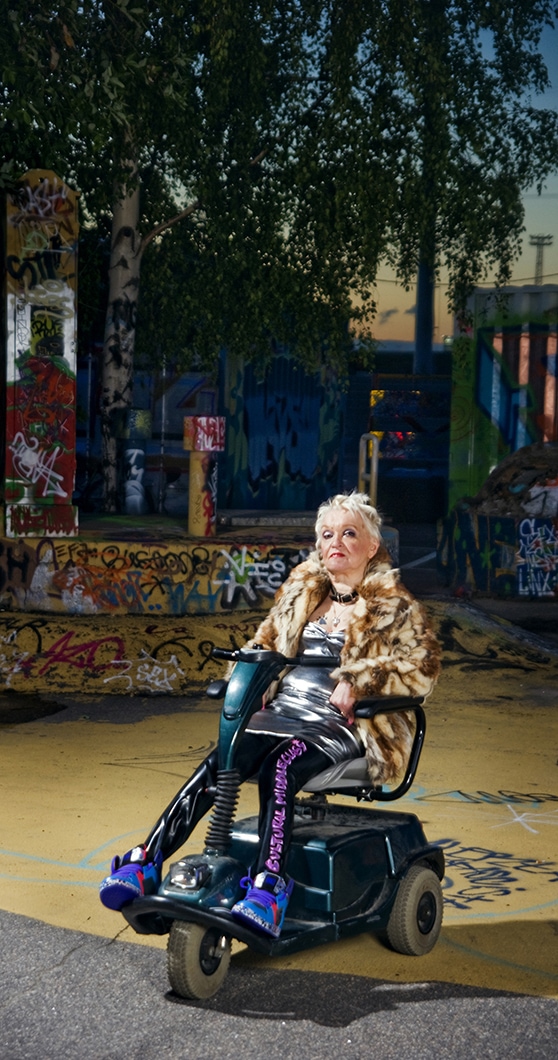I was watching the football game between Turkey and Denmark on a big screen television in a cafe in Istanbul. The cafe was crowded but I was the only woman there. I was wondering wether there is a womans football team in Istanbul.
I wanted to make t-shirts for a womans football team, asking each player to choose a text for their own t-shirt. My plan was to exhibit photographs of the players wearing the t-shirt with their chosen text.
I asked around a bit and found that there has been a womens leauge, but they don’t play anymore. I decided to try to find the people who used to play in the womens leauge, and make the t-shirts for them anyway.
I was given the name of a company that used to have a team, I phoned to ask about who was in thir team, the person ansvering didn’t know, and claimed it was impossible to find out .
I talked to the journalist of amateur sports at Aksam newspaper, who told me to talk to the football association.
On the web page of UEFA, the european football association I found ot that Turkeys national womens team played their last game in 2002. They played against Hungary and lost 4:1, there were no upcoming games.
I phoned their office in Switzerland to ask for more information abot the Turkish womens national team, after beeing politely told, in five different languages, to wait until someone has the time to talk to me a person named Michael told me to call the Football association of Turkey.
At the football association of Turkey I was told that there is not a team at the moment and that they are looking for a coach and aiming at having a new team for the 19th european championship.
I was given the phonenumber of the man in charge of forming a new team, hoping to get in contact with some of the potential players in the team. He said he don’t know any players and asked me to phone Besiktas, Galtasaray and Istanbul Sport football clubs.
A lady at Besiktas club told me that their club doesn’t have a womens team and neither does any of the other big football clubs. Women in Turkey are not very interested in football unfortunately, she told me. There might be some smaller club having a womens team but not in Istanbul, she said.
Phoneing Turkish football association again, I asked for names of the players in the Turkish national team of 2002, they faxed me a list, but none of them were from an Istanbul club.
Finally on the last day before the exhibition, thanks to my friend Gözde, I found Ceren Togay. She used to play football with her rowing club and wants to be a football player but she doesn’t have team to play in.
On the day of the opening of the exhibition, she had a exam to get in to Marmara University because it has a football team and the university she is in now doesn’t.
I made the t-shirt for Ceren and after the exam, two hours before the opening of the exhibition she came to meet me. I gave her the t-shirt, took her photograph and ran to the lab, arriving just as they closed for the day.
Left for me to show at the exhibition was only the clotheshanger of her T-shirt.
The text on her T-shirt is her family name Togay.



